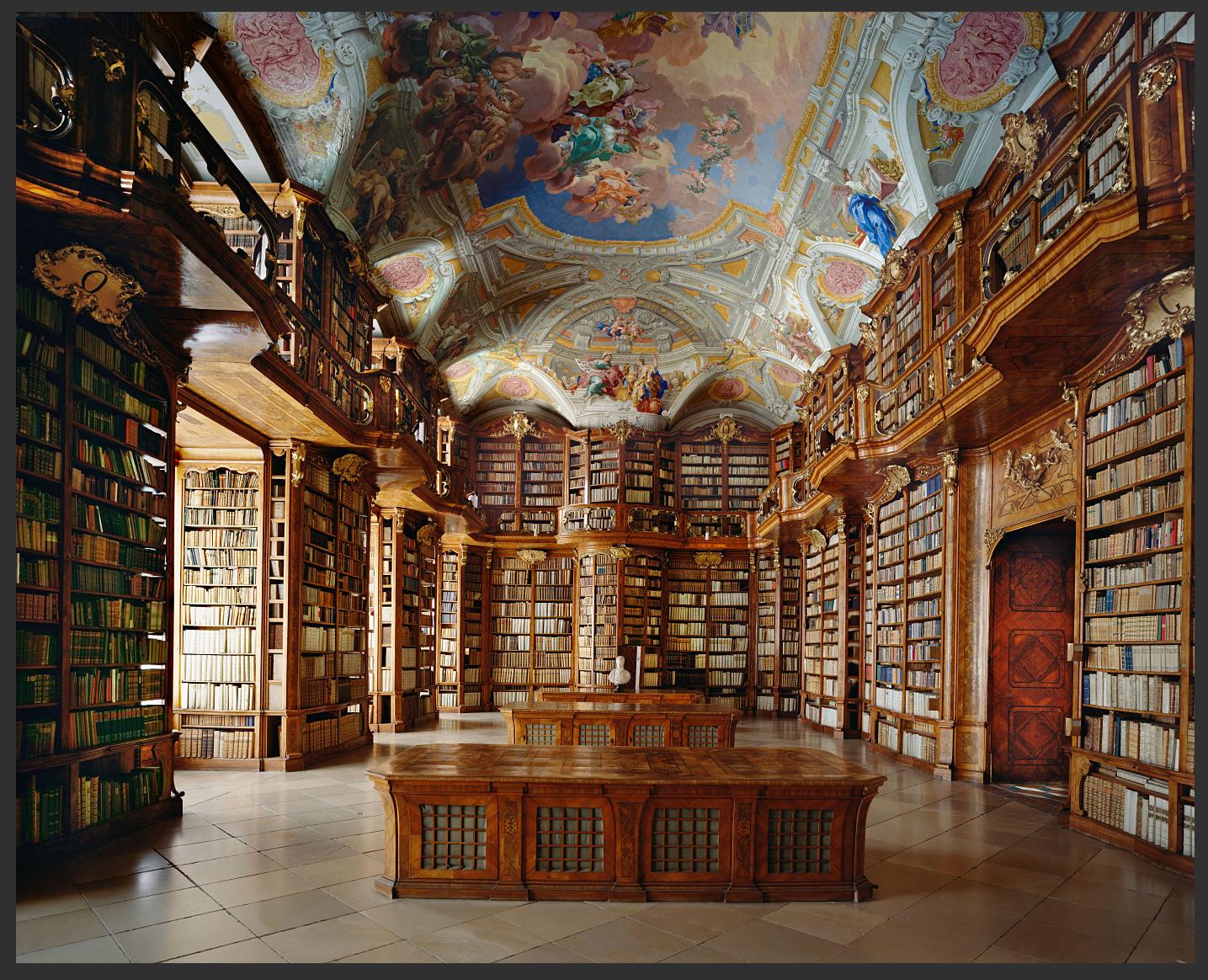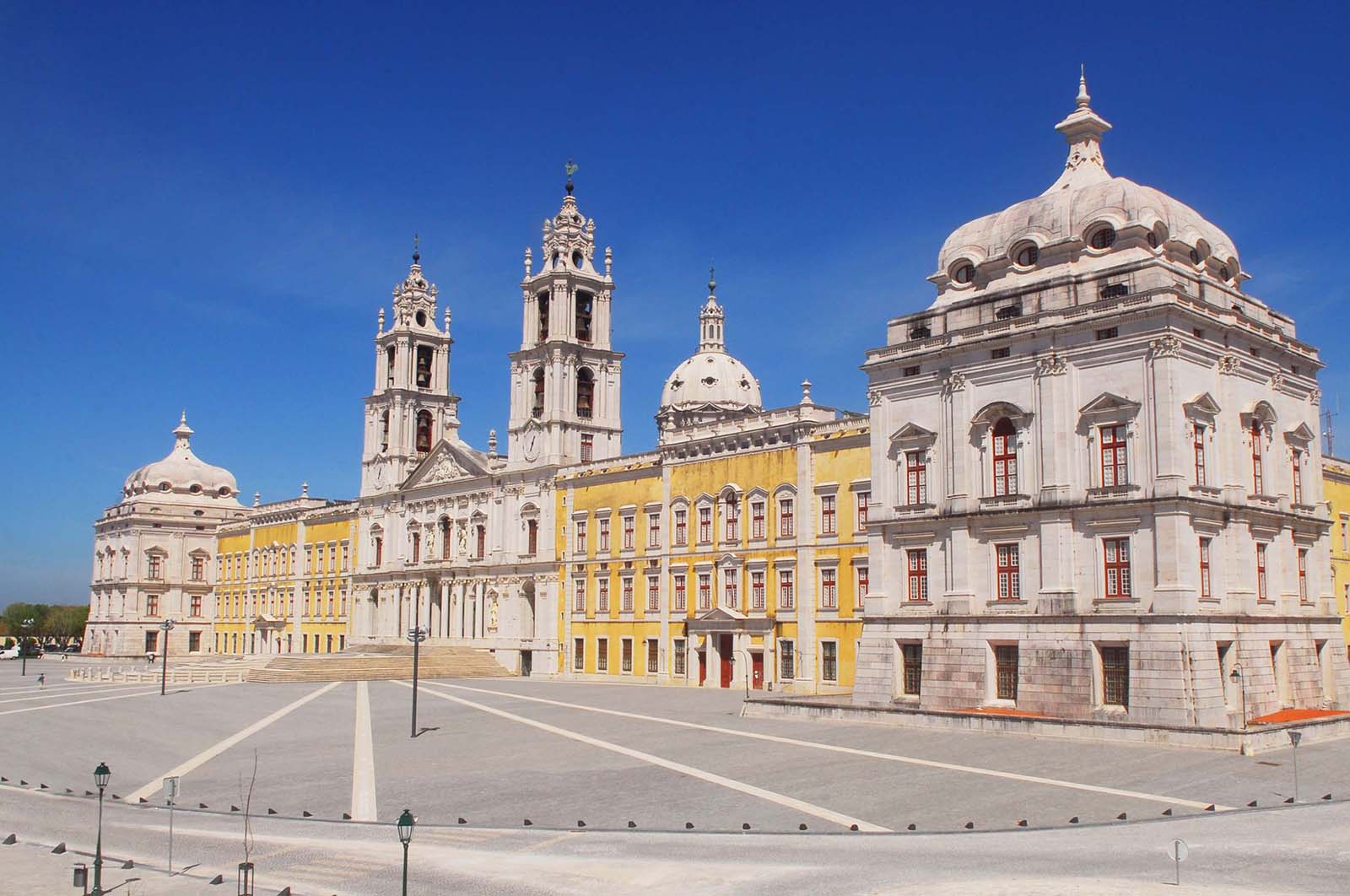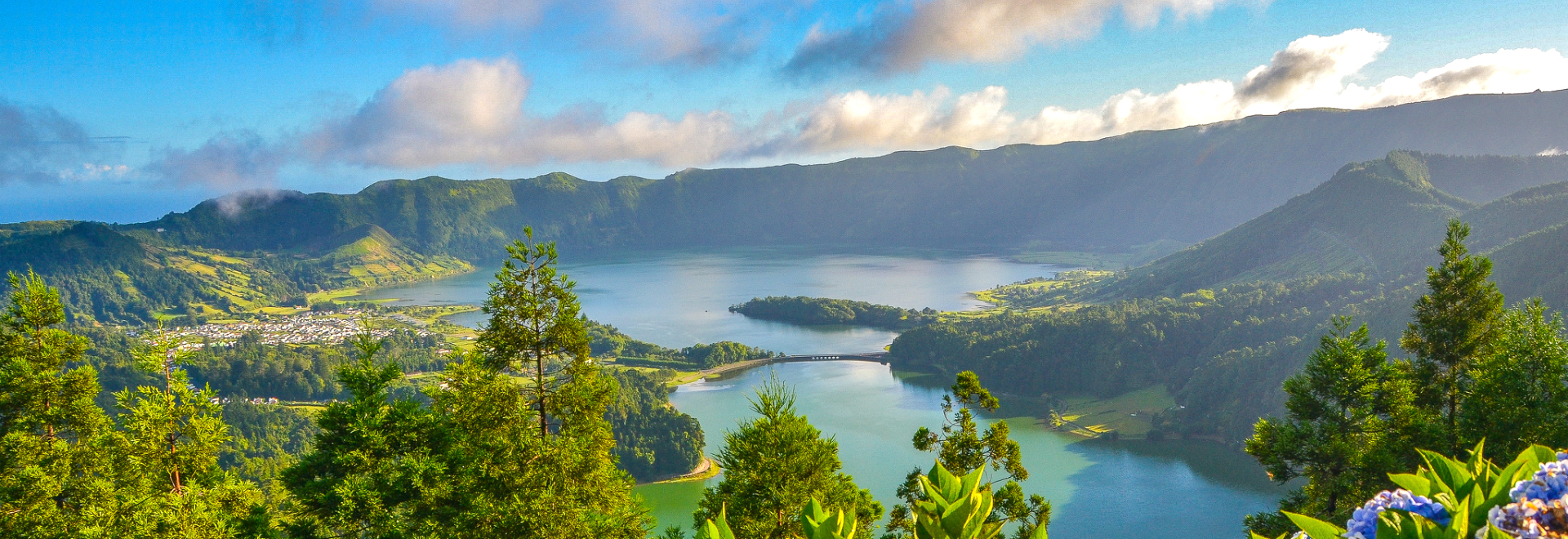Discover Portugal
Be dazzled by the natural beauty of the Lagoa das Sete Cidades and the richness of the gilded carving Biblioteca Joanina
Portugal is a geographically diverse country and has a very rich natural heritage. Moreover, by accumulating several centuries of history, also has grand monuments full of meaning. It is worth knowing this country from the main continent to the islands, because its charms go far beyond Lisbon and Porto.
Lagoa das Sete Cidades (Azores)
The Lagoa das Sete Cidades is located on the Island of São Miguel and is one of the most famous sites of the Azores Archipelago. It is the largest freshwater lake in the Azores and is located in the volcanic craters that form the Island, divided by two lagoons: Lagoa Verde and Lagoa Azul. This scene is of an indescribable beauty and is associated with several legends, like the Princess of the Blue Eyes. It is one of the most symbolic images of the whole archipelago, so it was classified as Protected Landscape of the Natural Reserve 2000.
Biblioteca Joanina
The Biblioteca Joanina Library was built between the years 1717 and 1728 and is one of the most outstanding exponents of the Baroque in Portugal, being one of the richest European libraries. Its name is due to King D. João V, who sponsored its construction. It is composed of three floors, the Noble Floor, the most worked in floor and the most emblematic facade of the bookstore, the Intermediate Floor, work place and house of the Guard and the Academic Prison, place of enclosure of students from 1773 to 1834.

Mosteiro da Batalha
The Monastery of Santa Maria da Vitória, better known as the Monastery of Batalha, is one of the most beautiful architectural works in Portugal. With predominantly Gothic style, this work is located in Batalha and took more than 150 years to be built. This monument has been declared a World Heritage Site by UNESCO since 1983.
Convento de Cristo em Tomar
The Convento de Cristo encompasses the Templar castle and the Convent of the Order of Christ, whose construction took place between the 17th and 18th centuries, and it constitutes one of the most beautiful and impressive testimonies of the history of Portuguese architecture. It appreciates the Romanesque Charola of the church, the cloister of D. João III and the famous Manueline window of the Sala do Capitulo that deserved this monument a classification of Patrimony of the Humanity by the UNESCO.
Palácio Nacional de Mafra
The National Palace of Mafra, also known as Mafra Convent, is a baroque architectural complex formed by a Royal Palace, a Basilica and a Convent. It was built by D. João V and is the most important baroque monument in Portugal. This contains important collections of Italian sculpture, Italian and Portuguese painting, a unique library, two chimes, six historical organs and an eighteenth century hospital. Its magnificence was made possible by the influx of gold from Brazil that arrived in Portugal at that time.





